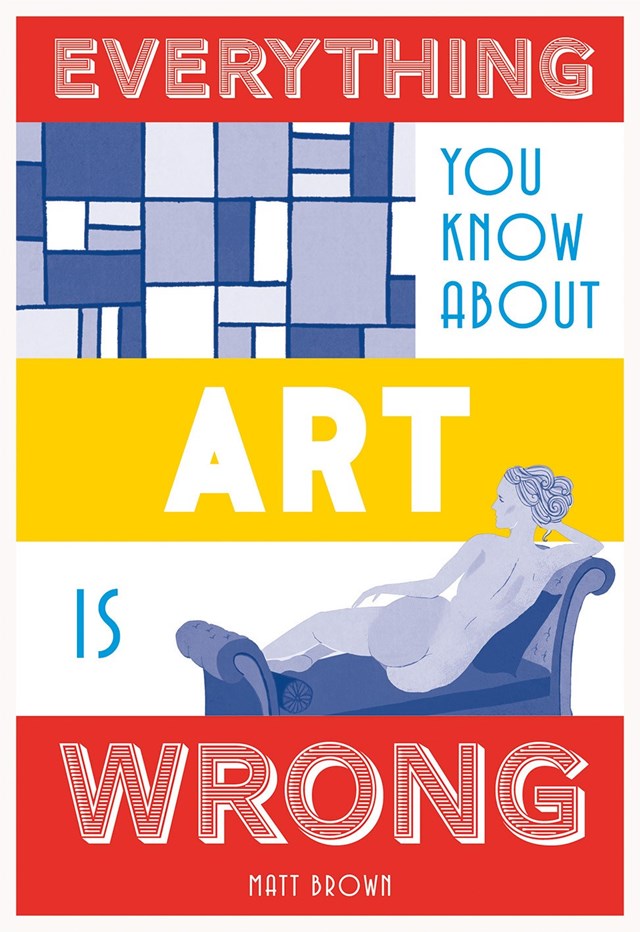I love it when other people are wrong. Not because I revel in the suffering of others but because I’m hardly ever right myself, and when other people are floored by their own mistakes, I feel I can identify with them.
I am usually wrong on any kind of facts, particularly historical facts, but since I like stories, I’ll retell them anyway—the annoying thing is, there’s always someone who is too smart (or has a smartphone), who calls your bluff, doubting the veracity of your knowledge. This vague referencing recently landed me the moniker “the Casual Historian”. I want so desperately to be right—but the only thing I can really be sure about is that I will consistently get it wrong.
The art world is a notoriously pretentious place, full of people who know nothing but pretend to know everything.
To find out why I am so incapable of being right, I called my dad. Parents, after all, are notoriously never wrong. They’re also the source of all of one’s problems. “Dad,” I said, “Are you ever wrong?” He was taking a break from his latest late-onset midlife crisis, riding a unicycle. Worryingly, he’s decided the best place to practise is the top of the stairs—as it’s the only place he can balance himself against two walls at the same time.
“I thought I was wrong once, but I really can’t remember.”
The art world is a notoriously pretentious place, full of people who know nothing but pretend to know everything. How many times have I nodded evasively at the mention of an artist’s name I have never heard of, or a spurious-sounding movement, or an exhibition at a gallery I really should know, just to keep up appearances? A lot of times. I suppose that makes me complicit.
History is constantly being rewritten, and what Brown reminds us is that we shouldn’t always trust the facts.
Despite its annoyingly attention-grabby title (the book equivalent of clickbait), scientist-turned-author Matt Brown’s latest book has a charming attitude to unveiling the stories behind common mistakes, misconceptions and misrepresentations in the art world. He isn’t, he says, trying to laugh at our collective stupidity, but rather point out how little we all really know and how much more there might be to learn—as well as the fun we might have doing it! History is constantly being rewritten, and what Brown reminds us is that we shouldn’t always trust the facts.
There are some really interesting revelations here that set the record straight on apocryphal events through art history, like that Damian Hirst spot painting that supposedly landed on Mars and Martin Creed’s 3,500 quid sheet of paper crumpled into a ball.
In a recent tweet, Brown shared a picture of a board written by TFL staff at Leicester Square. It reads: “When you push a door that says pull and someone says, ‘you have to pull.’ Like, yeah, no. My next plan was to start lifting from the bottom.”
We all get things wrong—but the next plan is to head in the right direction.

Everything You know about Art is Wrong
Out now with Batsford





